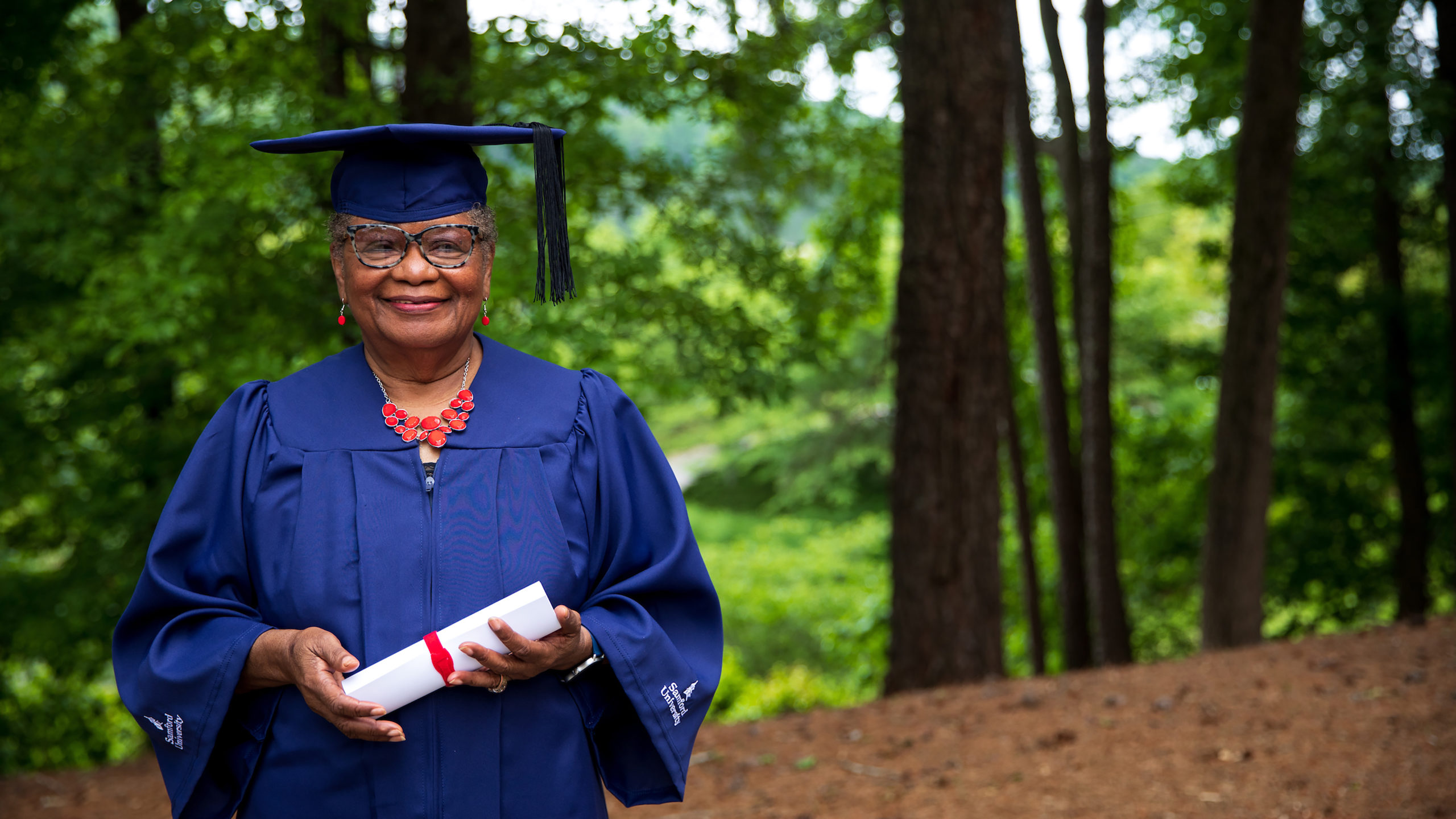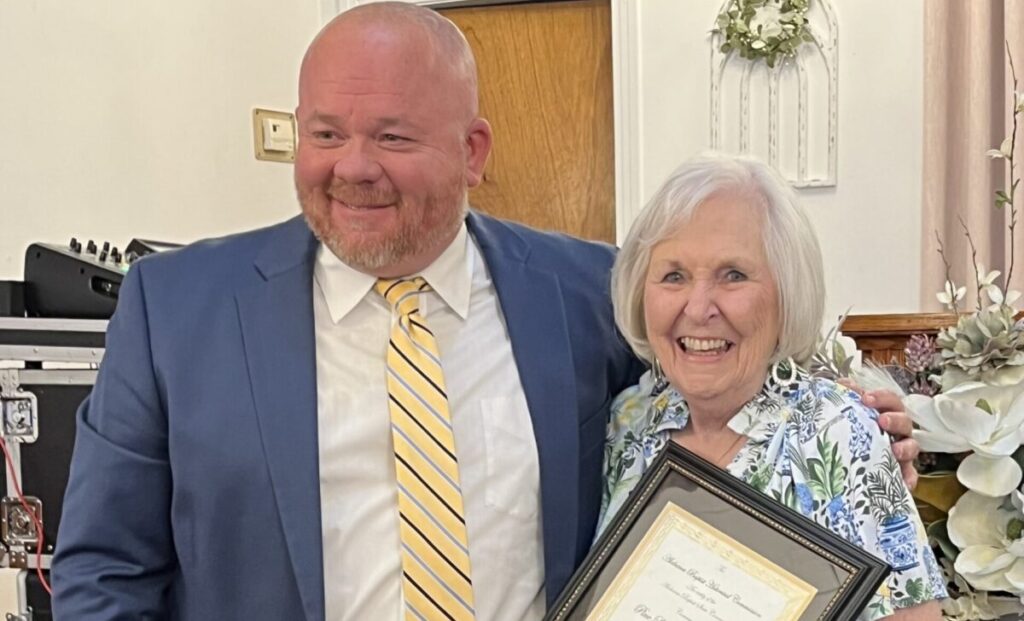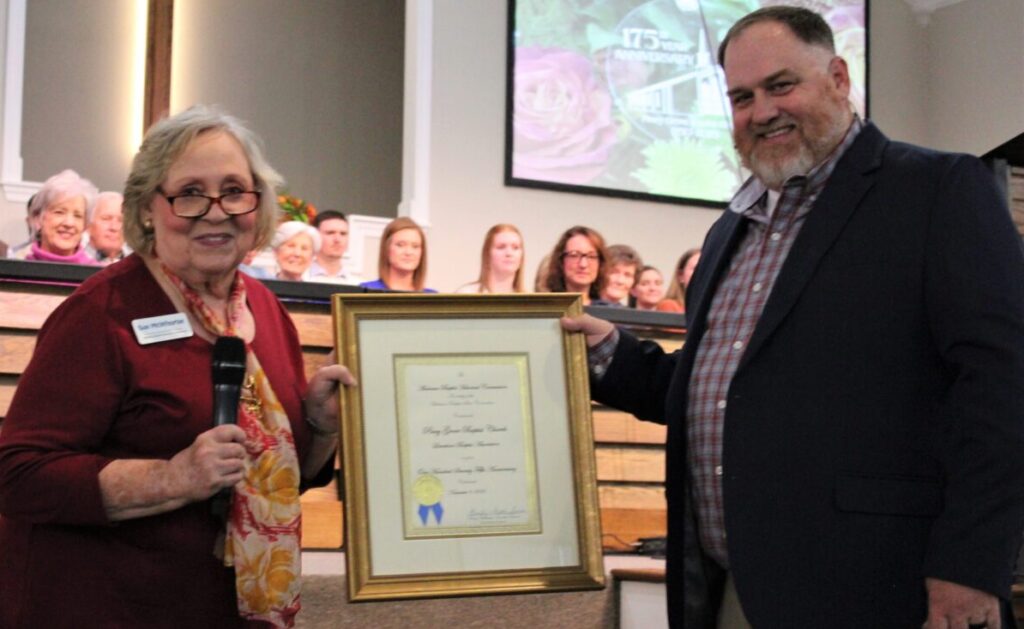Traditional college students are generally defined as those entering college straight from high school, going to school full time and living on campus. But almost half of today’s students have at least one “nontraditional” characteristic.
Nontraditional students include those older than 24 who are working, married, have children and/or hold a GED. First-generation college students and veterans also have this distinction, which is important.
“A traditional-age student and a nontraditional student are getting the same degree, but in my opinion the nontraditional student has to work exponentially harder because they’re getting pulled in so many different directions,” noted Lee Viar, president of the Maryland-based nonprofit Association for Non-Traditional Students in Higher Education.
Numbers vary between institutions, but now “nearly three-fourths of U.S. college students can be considered nontraditional,” according to a 2015 study by the National Center for Education Statistics.
“The term ‘nontraditional’ has kind of lost its meaning over the last few years,” said Bryan Gill, director of professional studies at Samford University in Birmingham.
“The number of students in this category has grown so much from a national level that we have decided to use the term ‘contemporary students’ because that covers a wide range.”
“At Samford, we have contemporary students who range from 18-year-olds working full time to our most recent graduate who appeared on the ‘Today Show with Hoda and Jenna,’ 78-year-old Vivian Cunningham.
“Contemporary students have jobs, families, some are caring for small children, and some are caring for their elderly parents,” Gill added. “Some are working two jobs, are in the military or they are homeschooling their kids. When contemporary students come to you with a concern or a problem, I’ve learned that these problems are usually major life events.”
Gill also recognizes how COVID-19 affected this population. “These students had to homeschool their kids, work from home and in some cases, they lost their jobs. The one thing that had to be paused was their education. We have seen this number begin to grow now that things are getting back to normal.”
These students often need flexibility, and though online learning is easily accessible, it is not necessarily the best avenue. Some do better in a classroom.
According to the nontraditional students association, these students also need to have reliable support systems, and one of the most important aspects of success is to ask for help.
“They have to realize that on campus, but especially online, they’re not on an island all by themselves,” Viar said.
The University of Mobile is another school that includes the nontraditional student in its regular support system.
“As we do for traditional students, faculty advisers and staff serve as mentors and as an ongoing support mechanism as they walk through that journey,” said Todd Greer, UM vice president for academic affairs. “They are likely to call and check in … and are deeply attuned to the unique aspects of the adult career.”
Multiple avenues
“The unique trend we are recognizing is nontraditional students are less desirous of nontraditional programs,” Greer noted. “They would rather participate in traditional program opportunities. To accommodate those needs, we are providing multiple avenues for students, regardless of their age, to be able to find the right degree opportunity at the University of Mobile.
“While we see some students desiring evening and online classes, a heightened number of nontraditional students are choosing to come back for the daytime experience,” Greer continued. “We are seeing that adult students desire face-to-face opportunities that include people of multiple ages and experiences.”
Finances can be especially challenging for nontraditional students.
Gill said that at Samford, “professional studies tuition is significantly discounted from that of Samford day students.”
“We’ve reduced the tuition because these students are fully online and are not seeking the on-campus college experience,” he said.
“We know these students are balancing life and jobs and families, and we try to offset that expense.”
Rewarding work
Watching these students succeed has been rewarding for both Gill and Greer.
“Working with these students has helped me to understand why I’m in higher education,” Gill noted.
“These students are the most resilient and hardworking students I’ve ever been around. It challenges me to keep pressing on, to keep moving forward.”
Greer added, “It is so rewarding to see somebody who is able not only to make their dreams come true, but also to significantly impact their family and community with an increased understanding of their discipline, an increased opportunity for their earning potential, and increased pride in their accomplishments. You can’t put a price tag on how good someone feels from being able to see what they can accomplish. You’re never too late. It’s never too late to pursue the growth and service that you’ve been thinking about.”






Share with others: